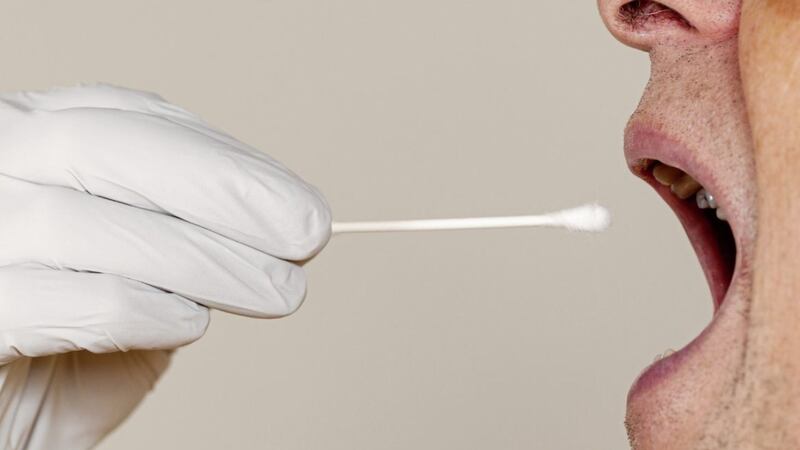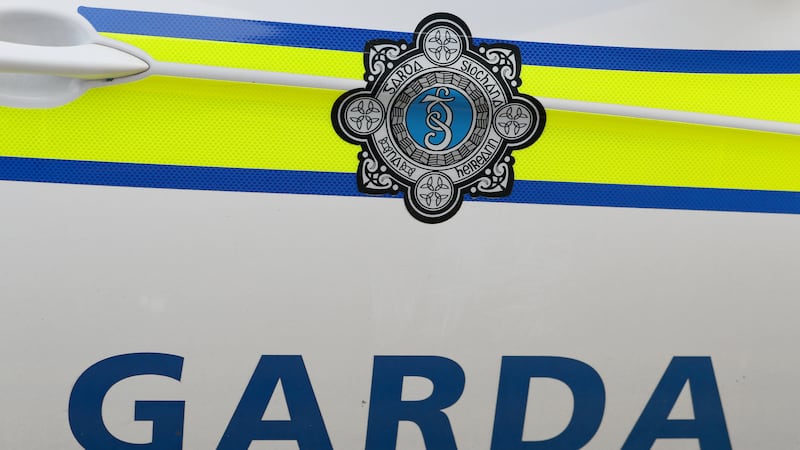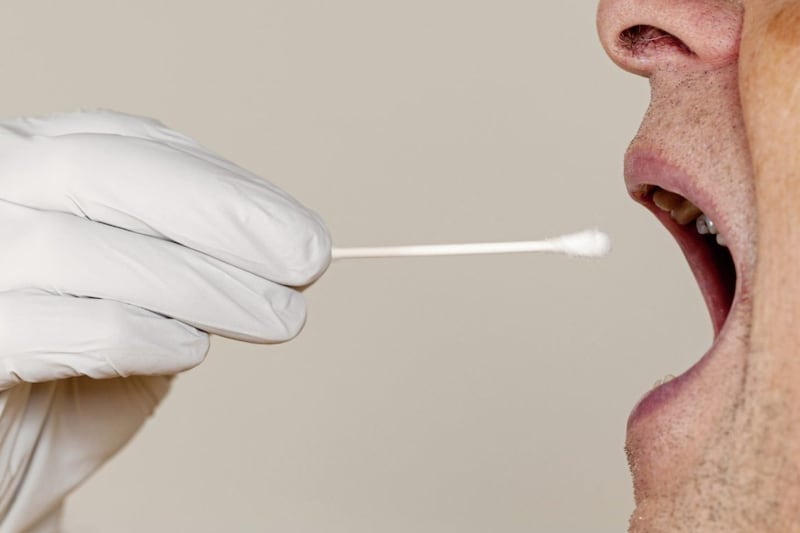SOME 385 suspected offenders have been linked to crimes since the state's national DNA database was launched, it has been revealed.
In the first 15 months that Forensic Science Ireland (FSI) has operated the directory it linked suspects to two murders, five sexual assaults, 42 robberies or thefts and 295 burglaries.
The agency uploaded 9,048 DNA profiles on to the database last year and it is currently adding another 1,000 a month.
Under laws brought in two years ago, genetic samples can be collected from crime scenes and stored indefinitely by the FSI and other samples can also be taken from sex offenders, prisoners and suspects arrested for crimes which carry a prison sentence of five years or more.
The FSI can also hold samples from relatives of missing people to aid in the investigation of unidentified remains.
Dr Sheila Willis, director of the agency, said: "The fact that the database has been operating for just over a year and yet it is already linking one in every five crime scene samples to individuals is really encouraging. It identified 428 hits in 2016 which assisted 625 cases.
"The database really is proving itself to be a very valuable crime intelligence tool."
The lab highlighted the case of a suspected sex offender who was found in the first three months that the database was operational after he was detained over a traffic offence and his genetic make-up was found to match traces of semen found on a 15-year-old girl.
The FSI said it put significant resources into operations linked to the bloody feud involving the Kinahan-Hutch groups following the Regency Hotel gun attack in early 2016.
It said its staff worked on urgent analysis of a wide range of exhibits following raids by the Garda's organised crime units and drugs squad, including guns, clothes and drugs.
The FSI lab also said its scientists detected or identified 27 new recreational drugs in Ireland last year.
They included four benzodiazepine psychoactive types, 12 stimulants under the cathinone bracket which are chemically similar to the active ingredient in the khat plant and another three known as tryptamines which cause hallucinations. It found three lab-created synthetic cannabis drugs and three fentanyl or opiate-type chemicals.
The lab also identified the lethal 25I-NBOMe, which has the street name N-Bomb.
It is a powerful synthetic hallucinogen which Alex Ryan, 18, from Liscahane, Millstreet, Cork, was said to have taken at a house party four days before he died in hospital.
The FSI said the drug had only been seen six times in Ireland and commonly appeared as soaked blotter paper.
It said the partygoers had taken highly toxic quantities of the drug in white powder form. They thought they were taking a different drug and took 100 times the normal dose, it said.
Dr Willis said: "The speed with which new highly toxic synthetic drugs and psychoactive substances are being created overseas and made available for sale online is presenting new challenges for our scientists because these drugs are so new and unpredictable.
"They are up to 100 times more toxic than regular substances and so are highly dangerous.
"Our scientists are working closely with our international colleagues to ensure that we can quickly identify these new substances and help the gardaí in their efforts to secure convictions against guilty parties."
Other major breakthroughs involving analysis at the FSI lab included identifying Kenneth O'Brien from Clondalkin, Dublin, whose dismembered remains were found in bags in the Grand Canal in early 2016.
Work on the FSI's new €60 million laboratory in Co Kildare is to begin later this year.



